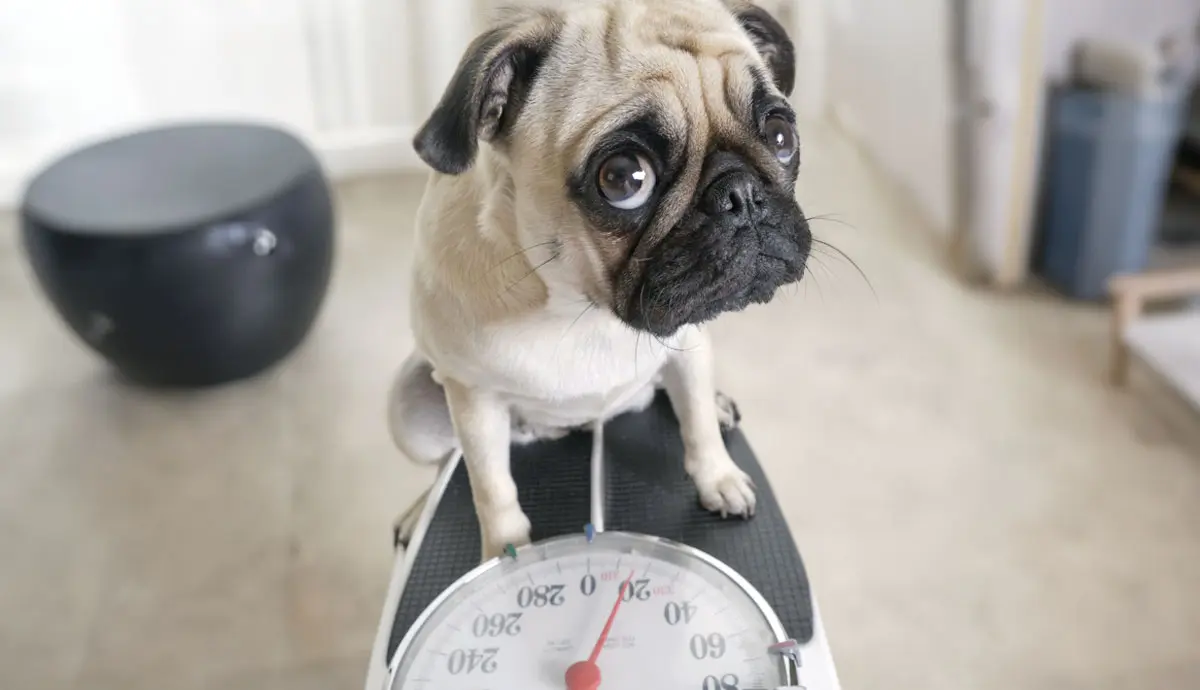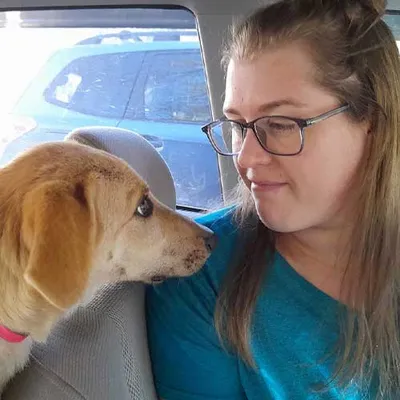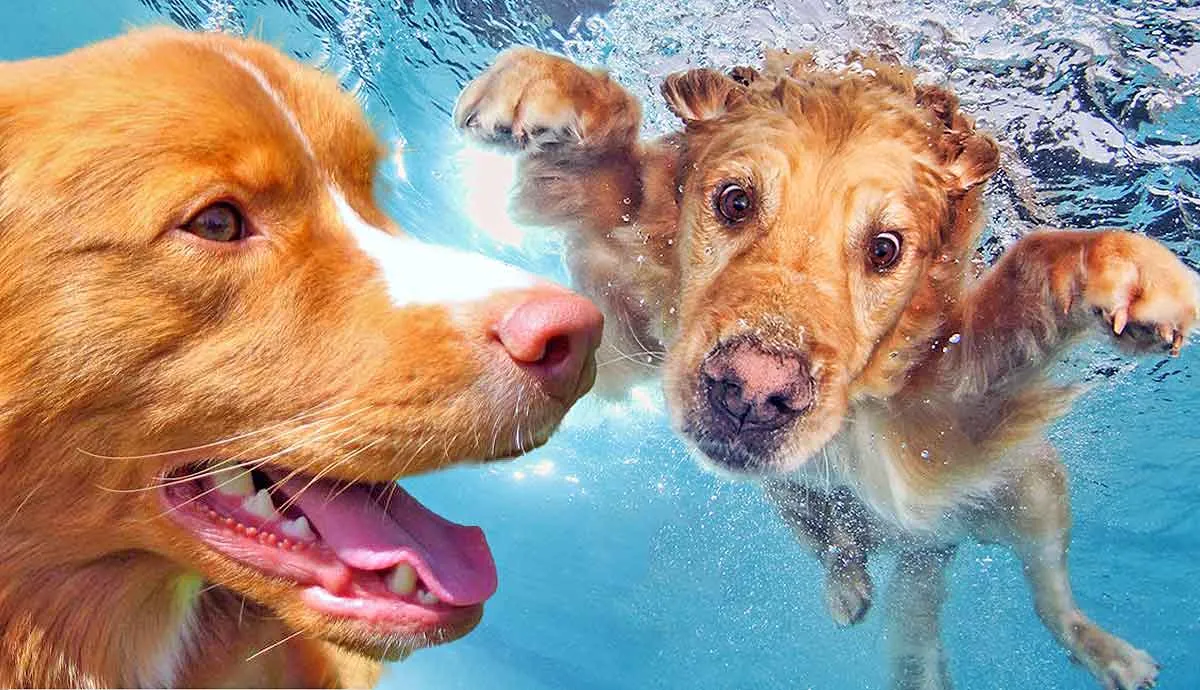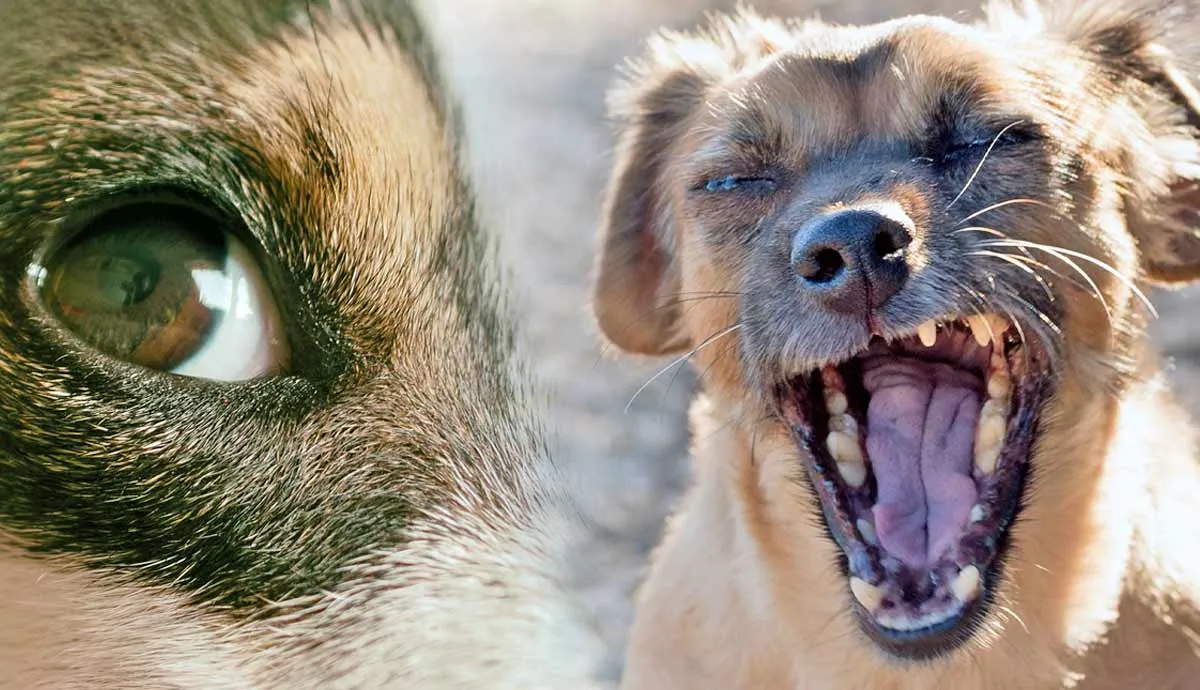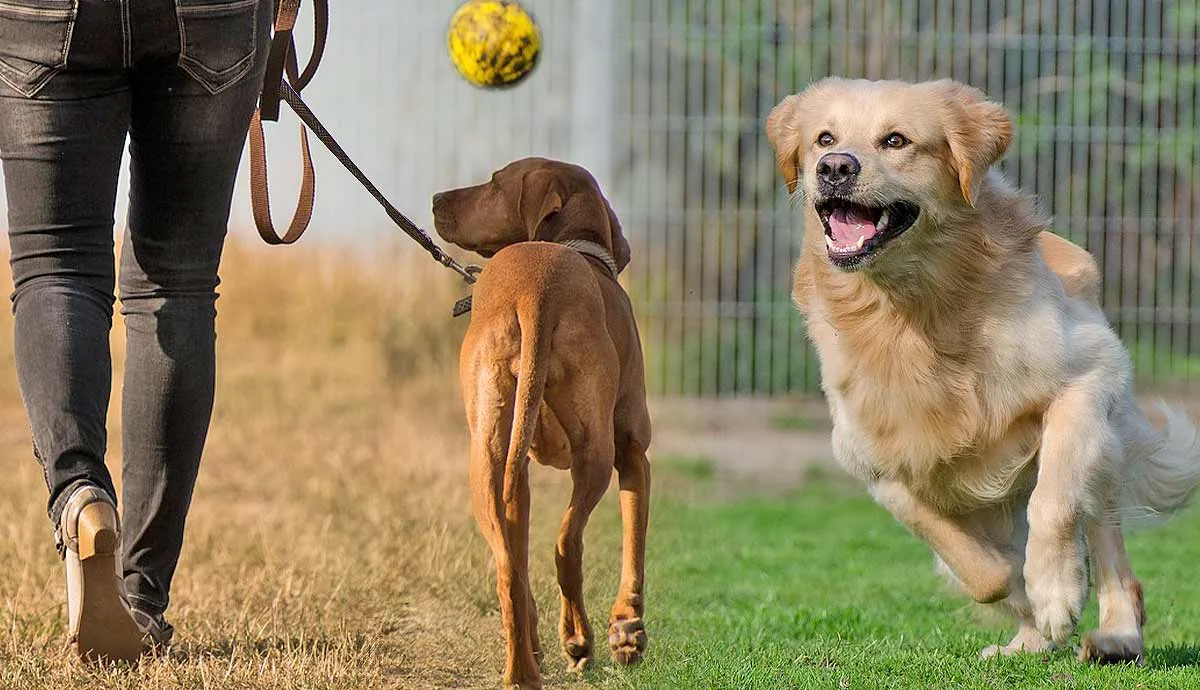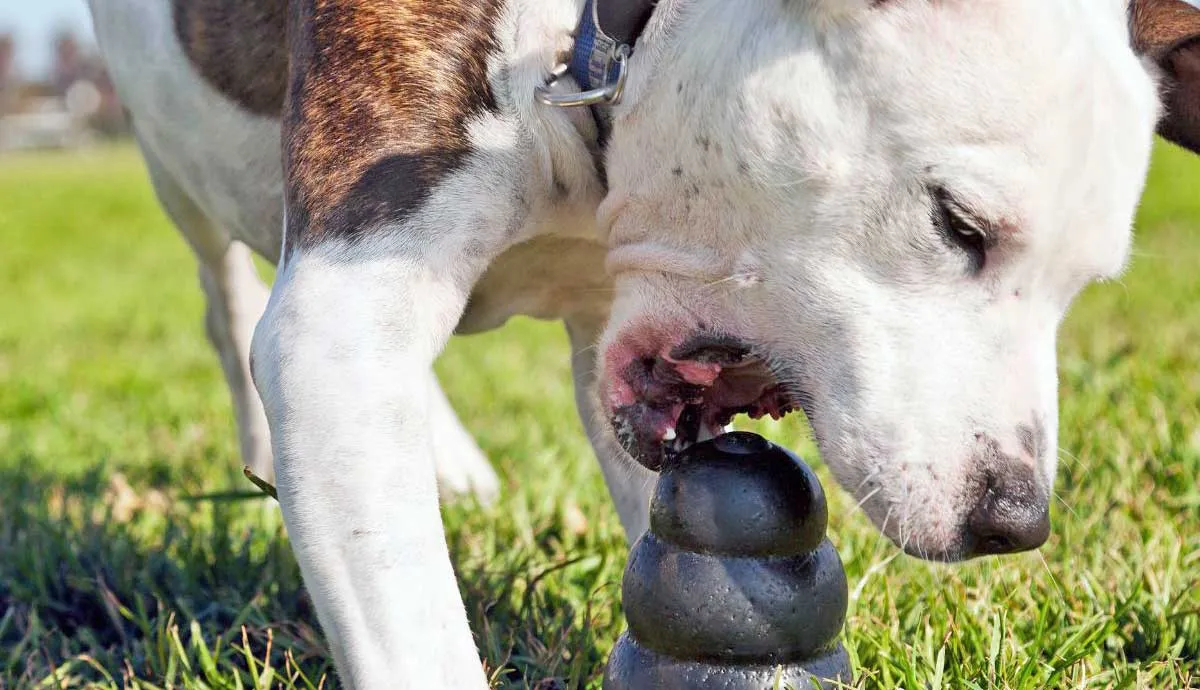When it comes to the health of your dog, their diet and weight are very important. If your dog is underweight, they are more likely to suffer from a variety of health conditions, such as a weakened immune system and chronic fatigue. On top of this, they will be more at risk of developing bone and muscle injuries.
Here, we’ve included the indicators of an underweight dog and what can lead to this often-fixable problem. If you have further concerns about your dog’s health, consult their veterinarian.
Signs of an Underweight Dog

As a responsible dog owner, you must understand the signs of an underweight canine. That way, you can make changes to their diet and nutrition as necessary. Some indicators include:
You Can See Their Ribs
If your furry friend is at a healthy weight, you will be able to feel the outline of their ribs. However, if you can see them, chances are that they are underweight. It may also feel as though the ribs lie just beneath the skin, with little to no fat in between. Having visible ribs in common in street dogs and pets in abusive situations.
The Hip, Shoulder, and Spine Visibly Protrude Under Their Skin
If your dog’s joints and bones, especially their hips, shoulders, or spine, are protruding beneath the skin, you should definitely consider paying the vet a visit for a weigh-in. These bones should be protected by a layer of fat - if there is none, they will be more prone to injuries.
The Curve Between Their Ribs and Hips Looks Extreme From Above
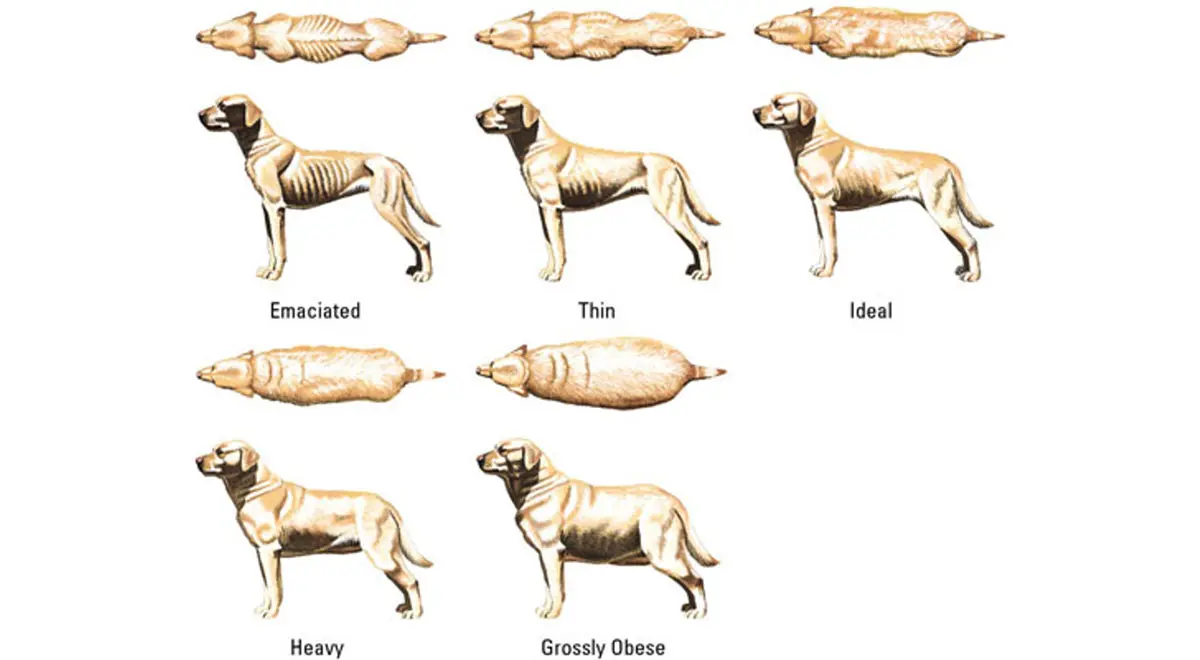
When looking at your dog from above, the curve between their ribs and hips should be gradual. If you notice that the ribs curve drastically inwards before protruding outwards again in the hip area, your dog is likely underweight. The more extreme the curvature is, the more malnourished your dog is.
What Causes a Dog to Be Underweight?

If you think that your dog may be underweight, we highly recommend consulting your vet. Contrary to popular opinion, the problem doesn’t always lie in the quantity of food that you feed your pet. The problem can also lie with:
Poor Nutrition
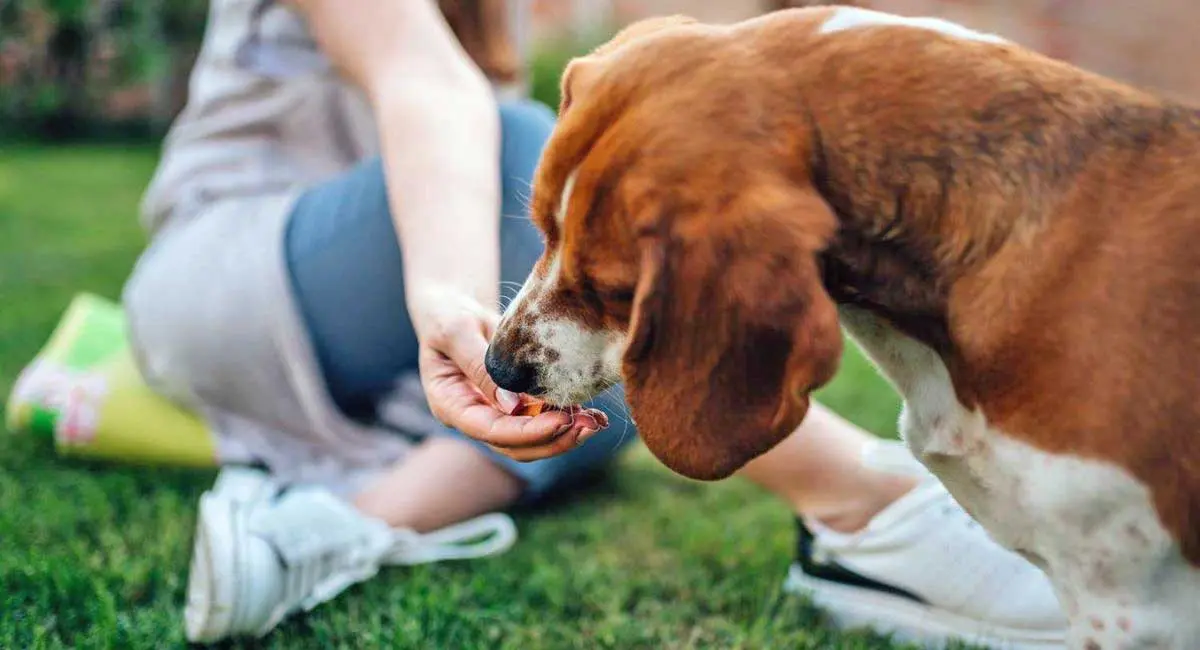
While it’s not always the culprit, poor nutrition is usually responsible for all weight issues. Once you have established that your dog needs to put on a few pounds, the first thing that you should do is check what you are feeding them and how much. It’s not as simple as just buying the cheapest kibble on the market!
As with your own diet, your dog needs the right vitamins and minerals. There are even supplements that you can add to their meal to make it more nutritious. Once in a while, if your budget allows, you could even spoil your furry friend with a DIY dog dinner, including healthy foods that will help your dog grow and thrive.
However, it’s important to remember that all dogs are unique and that dietary requirements differ amongst breeds. For example, a Pitbull should have very different meal habits than a smaller breed, such as Italian Greyhounds.
Underlying Health Conditions
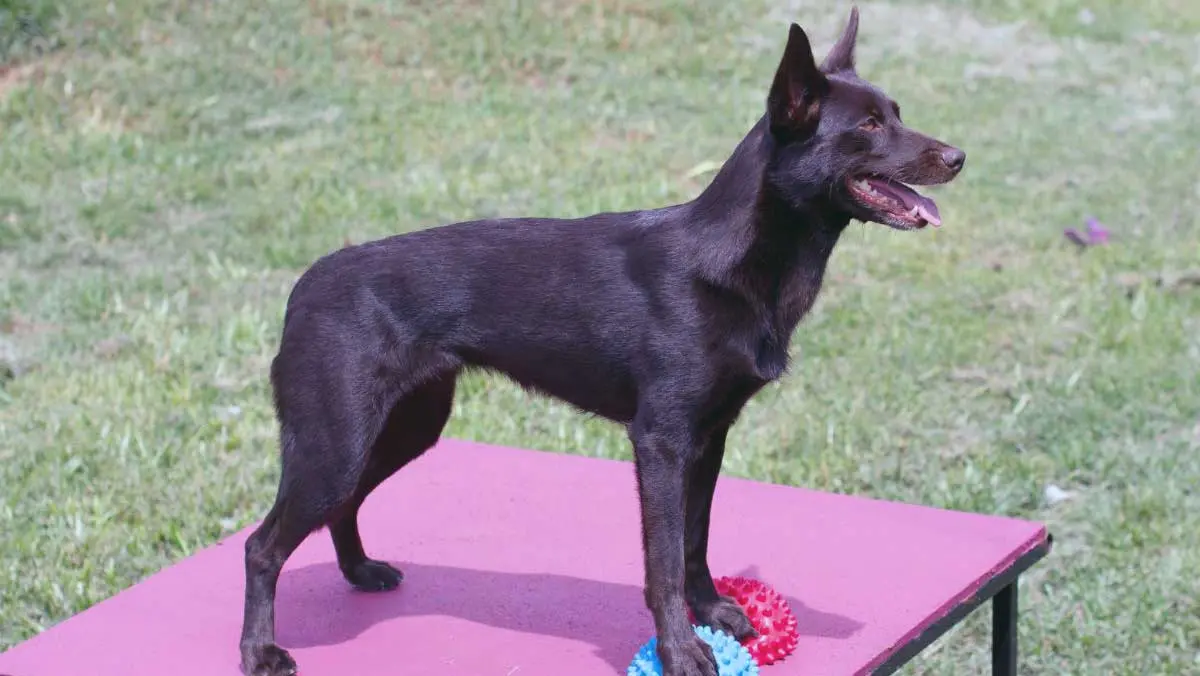
Being underweight can also be a warning sign of an underlying illness. This is why it is so important that you take your dog to the vet to be assessed, as simply feeding them more won’t always do the trick!
It could be something minor, such as tooth pain, but a lack of appetite could also be caused by more serious conditions, including diabetes, thyroid disease, or even parasites! A thorough blood work exam is usually performed to get to the bottom of your dog's poor diet.
Healthy Eating Habits Every Dog Owner Should Know

Here are some tips for ensuring that your dog gets adequate nutrition and stays at a healthy weight:
Feed Your Dog Twice or Three Times Daily
Maintaining a feeding routine is one of the best ways to develop healthy eating habits. Generally, experts recommend that you feed your dog between two to three times per day, depending on their age, breed, and activity level.
Use High-Quality Dog Food
The quality of the kibble you feed your dog is essential to maintaining their health. This is why there are separate products for puppies and adult dogs. Puppies require additional nutrients to help them grow into big, strong dogs! On the other hand, senior dogs need nutrients that promote bone density and joint health.
There are a number of very good dog food brands out there for you to choose from. Just make sure that you take your dog's age and lifestyle into consideration when making that choice.
Portion Out Your Dog’s Food Correctly

How much you feed your dog matters. The following chart below outlines what portions are best for what sized dogs:
- Dogs weighing between 2.2 and 11 pounds: ½ to ¾ cups per meal
- Dogs weighing between 11 and 22 pounds: ¾ to 1 cup per meal
- Dogs weighing between 22 and 44 pounds: 1 to 2 cups per meal
- Dogs weighing between 44 and 77 pounds: 2 to 2 ¾ cups per meal
- Dogs weighing between 55 and 99 pounds: 2 ¾ to 4 cups per meal
- Dogs weighing between 99 and 132 pounds: 4 to 4 ¾ cups per meal
- Dogs weighing more than 132 pounds: 4 ¾ cups or more per meal
If you’re ever unsure about how much to feed your dog, consult with their veterinarian. While you want to help your dog maintain a healthy weight, you want to prevent obesity, too.
Only You Can Prevent Your Dog Being Underweight
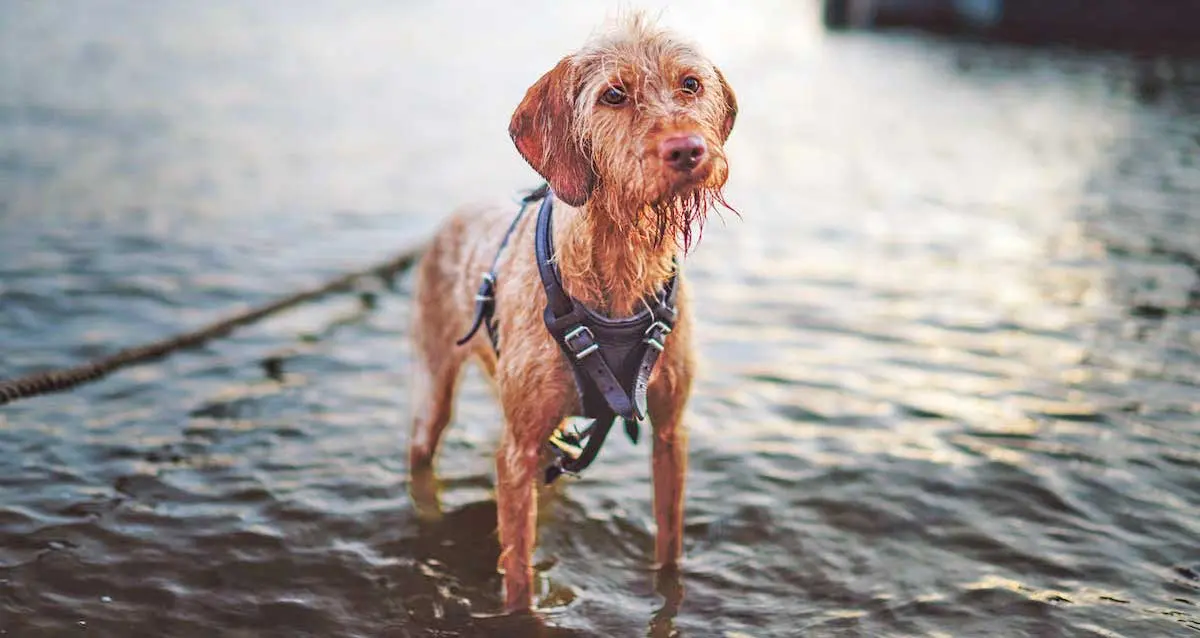
There are a number of factors that can influence your dog's weight, such as their age, state of health, and poor nutritional habits. It is imperative that you take your dog to the vet if you think that it may be underweight. A few signs to look out for include prominent ribs and a steep curve between their ribs and hips. You can promote a long, happy life for your dog by feeding them healthy foods––and laying off the treats!
